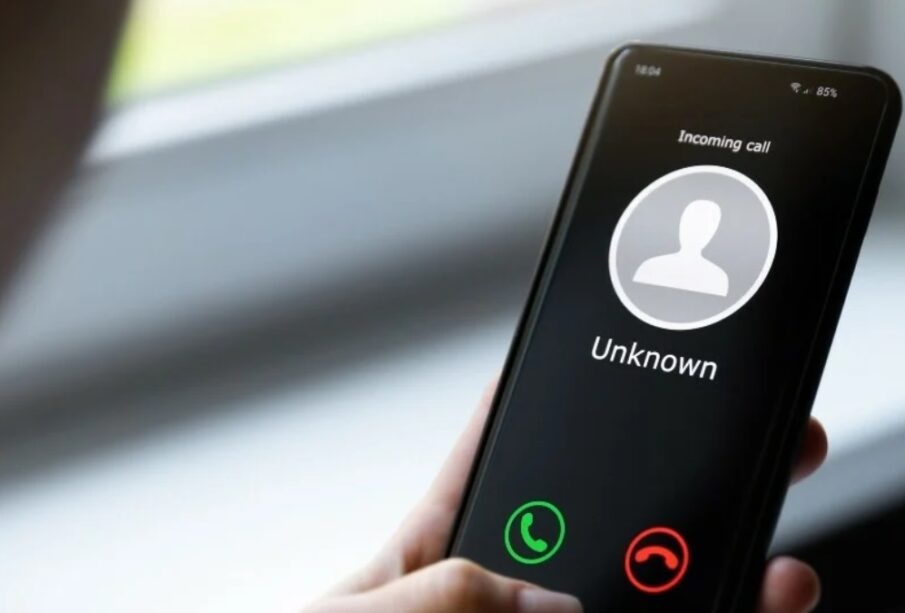SMBs have been on the radar of hackers, scammers and cybercriminals for a while now. Thousands of businesses in the US and other countries have suffered cyberattacks, and these hackers are aware of the fact that small companies don’t spend enough effort or money on cybersecurity. Even if a scammer manages to hack into a device or system, he knows that the business may not pursue the matter further, or may even agree to pay a ransom (in case of ransomware attacks). The good news is cybersecurity doesn’t have to break your bank, and in this post, we are sharing some of the basic budget steps that can come in handy.
Use firewalls & network segmentation
Firewalls are extremely useful and should be considered for all networked devices. Make sure that your devices are protected with antivirus and antimalware suites, as well. Also, there is the option of network segmentation, which works like a firebreak. In this case, the entire IT resources are stored or allocated to subnetworks, so compromise on one doesn’t impact others.
Download & install firmware and software updates
The relevance of this step cannot be understated. There is a reason why these firmware & software updates and patches are released. These basically fix some of the existing security flaws and concerns, ensuring that hackers don’t exploit the same. As soon as these updates are available, install the same for respect products, and also for operating systems.
Keep backups
Sometimes, despite the best efforts, you may have to deal with unwanted interruptions in operations. If your cybersecurity team believes that someone has hacked into a system, or passwords have been compromised, change the details immediately, and if you have backups, systems and networks can be restored immediately. Ensure that you have scheduled backups periodically.
State rules for password protection
There are a few basic steps that can come in handy for password protection –
- Default passwords should be changed immediately.
- Passwords should be long and strong.
- Employees should use the recommended password management tool.
- Passwords shouldn’t be repeated or reused.
- Passwords must be changed frequently.
Besides these steps, you can also consider having a clear plan for training your employees on email usage, safe browsing, and cybersecurity in general. Most malware and phishing attacks happen through emails, and you have to take the steps to ensure that these concerns are addressed efficiently within the organization. Plan your cybersecurity policy now.













Comments